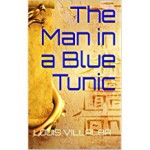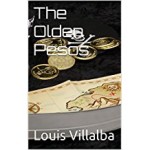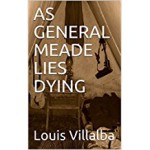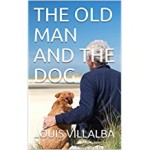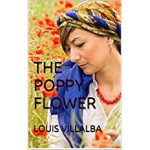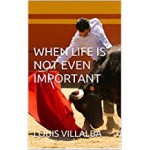He did not want me to say anything. He took me to bed. Had this been in the cards all along, or was it as much of a surprise to him as it was to me? My state of virginity, at least, did not appear unexpected—he provided a towel, as well as a condom—and he persisted, going as easily as he could. My passion was the surprise, to us both.
“I do intend to marry you,” he said.
Before he took me home, he tossed all the cookies, all those red hearts, out into the snow to feed the winter birds.
So it was settled. Our engagement—although he was a little wary of that word—was a private agreed-upon fact. The wedding would take place whenever he could get a couple of consecutive days off. A bare-bone wedding, he said.
From “Amundsen” by Alice Munro
Alice Munro describes couples’ relationships with a style that fuses the sweetness of British writers such as that of Jane Austen or William Trevor with the straightforward terse prose of American authors, which Ernest Hemingway came up with. The story is set during the early 1940s when virginity had a different connotation than it has nowadays: “My state of virginity, at least, did not appear unexpected.” Does it make any sense to marry someone you haven’t been intimate with?












